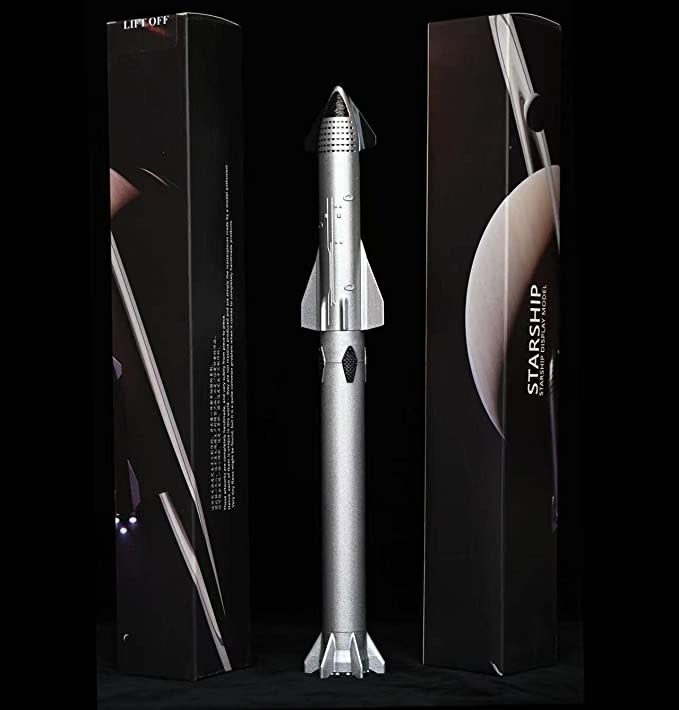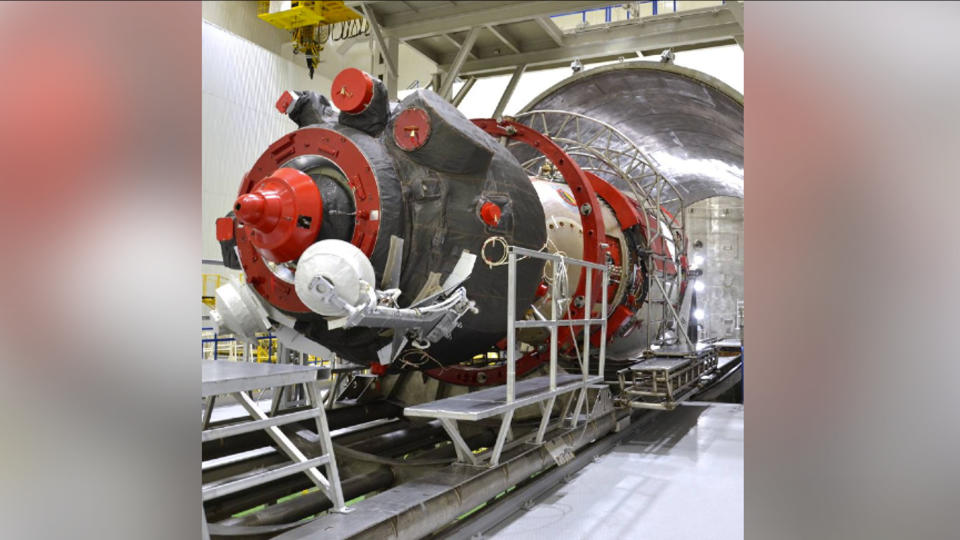Update for Feb. 14: SpaceX is now aiming to launch the IM-1 moon lander mission for Intuitive Machines no earlier than Thursday (Feb. 15), due to a liquid methane temperature issue during preparations to fuel the Odysseus lander. You can read our story and see the updated times for the mission below.
SpaceX also recently announced another mission with a Feb. 14 liftoff, however: The company plans to launch 22 of its Starlink internet satellites from California at 7:30 p.m. EST (0030 GMT on Feb. 15).
This Valentine’s Day is going to be out of this world for space fans.
With up to three rocket launches possible on Wednesday (Feb. 14), including at least two by SpaceX — one of which carries a private moon probe — Valentine’s Day 2024 is certainly shaping up to be a space lover’s dream. You can even watch them all live online, but you’ll need to be both an early bird and a night owl.
The space action actually starts before dawn with SpaceX’s launch of the private IM-1 moon lander Odysseus for the company Intuitive Machines. The mission will launch to the moon on a Falcon 9 rocket from Pad 39A at NASA’s Kennedy Space Center in Florida at 12:57 a.m. EST (0557 GMT) and you can watch it online, with NASA’s webcast beginning at 12:15 a.m. EST (0515 GMT).
Odysseus is the first Nova-C lander built by Intuitive Machines and is carrying a suite of NASA experiments as part of a $118 million contract under the agency’s Commercial Lunar Payloads Services program. If all goes well, the spacecraft will touch down in a crater near the lunar south pole on Feb. 22 to deliver NASA’s experiments and host of other commercial payloads to the lunar surface.
SpaceX’s secret Valentine launch
Have Your Own Starship

You can have a SpaceX Starship of your own with this desktop rocket model. Standing at 12.5 inches (32 cm), this is a 1:375 ratio.
SpaceX will follow the IM-1 moon flight with the launch of USSF-124, a classified payload for the U.S. Space Force. That mission is scheduled to lift off at 5:30 p.m. EST (2230 GMT) atop a Falcon 9 rocket from Space Launch Complex 40 at Cape Canaveral Space Force Station.
SpaceX is expected to provide a livestream of the military space launch beginning 10 to 15 minutes before liftoff, but the company may cut off the stream shortly after liftoff at its customer’s request as has been done in the past for classified missions. You can watch that USSF-124 launch at SpaceX’s page on X (formerly Twitter).
Because of its classified nature, not much is known about the USSF-124 mission, but it is part of SpaceX’s commitment for its National Security Space Launch contracts, according to Spaceflight Now.
Russia’s special delivery

Finally, Russia’s space agency Roscosmos will close out Valentine’s Day with an uncrewed Progress cargo ship launch to the International Space Station from Baikonur Cosmodrome in Kazakhstan. A Russian-built Soyuz rocket will launch the Progress MS-26 vehicle, also known as Progress 87, to the ISS at 10:25 p.m. EST (0325 Feb. 15 GMT).
Progress 87 will deliver nearly 3 tons of food, fuel and supplies to astronauts on the ISS. The spacecraft is scheduled to dock at the station on Saturday (Feb. 17) at 1:12 a.m. EST (0612 GMT) to deliver its bounty. NASA will provide a live launch webcast for Progress 87 on NASA TV starting at 10 p.m. EST (0300 GMT).
To the ISS, and beyond
If rocket launches don’t light your space fire, there is one other big space event to track on Valentine’s Day.
RELATED STORIES:
— Intuitive Machines moon lander to carry tiny NASA cameras to study lunar surface (video)
— What is Intuitive Machines and how is it aiming for the moon?
— Massive ‘lighthouses’ on the moon could light the way for future lunar astronauts
The future of the International Space Station will take center stage at 10 a.m. EST (1500 GMT) during a congressional hearing of the House Committee on Science, Space and Technology in Washington, D.C. The hearing, entitled “ISS and Beyond: The Present and Future of American Low-Earth Orbit Activities,” will discuss NASA’s plans to retire the ISS around 2030 by burning it up in Earth’s atmosphere, as well as the agency’s efforts to spur the development of private U.S. space stations as a replacement.
“This hearing will also provide the Committee with insight into NASA’s end-of-life planning for the International Space Station (ISS) as well as the status of commercial space station development,” the hearing’s charter states.
